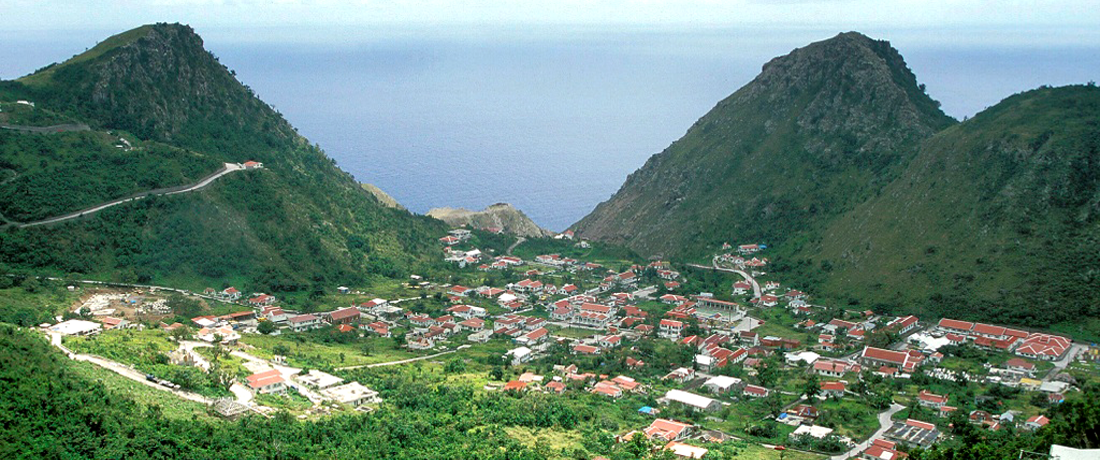
01 Aug Small island, big problems (blog by Gert Oostindie)
‘Small scale’ is an adjective hardly ever used about Indonesia. Ranking only behind China, India, and the USA in terms of population size and comprising over 17,000 islands (1.9 million sq. km, putting it in the top 20 in terms of landmass) Indonesia seems a self-evident subject of research. In contrast, the ‘small scale’ of the six islands of the ‘Dutch Caribbean’ is so obvious that it seems to mitigate against spending too much time on them. After all, with a total population of less than half that of Amsterdam and a landmass of 1,000 sq. km, they can’t be that important. Or can they?
Well, to dismiss these Afro-Caribbean islands as unimportant would be to ignore both a very real colonial history and its contemporary legacies. We can’t escape the past. Over one-third of the ‘Dutch Caribbean community’ now lives in the Netherlands. Moreover, reluctantly, the Dutch are still a postcolonial power in the Caribbean. While most Caribbean nations are independent, a considerable number are not – predominantly small-size islands that have opted time and again against independence, even if former colonial powers would be delighted to transfer sovereignty. The material advantages of non-sovereignty are too obvious. Citizens and politicians alike feel that their small islands are too vulnerable to become independent states. Thus there is still a patchwork of American, French, British and Dutch Caribbean ‘confetti of empire’, including the ‘Dutch’ Antilles.
These islands pertaining to the Kingdom of the Netherlands are more than just popular vacation destinations for sun-starved Europeans and Americans. And unfortunately, these are also islands with serious social problems. Take St. Eustatius. With fewer than 4,000 inhabitants on 21 sq. km., this tiny island has big problems, including criminality, domestic violence, a prevalence of single parent (female-headed) households, and high numbers of teen pregnancy.
Among these pressing problems, the language of instruction in schools would not seem to be that important. But it is. Students on St. Eustatius are now taught in Dutch, despite the fact that the vast majority of students speak a Caribbean variant of English at home. The pupils’ poor command of Dutch causes serious educational underperformance, thus limiting their chances and blocking the potential of the Statian population.
The Dutch government recognized the problem and asked an expert group (including me) for advice. We recommended that the language of instruction in schools be standard English only, with Dutch being taught as a foreign language. We also made concrete recommendations for secondary and higher education on the island, including adopting the examination system developed in the Commonwealth Caribbean and broadening options for students to pursue further education in the Caribbean or the USA. Both the Dutch and the Statian authorities agreed, so it seems our advice will become policy, for the sake of generations to come. Tremendously rewarding for our expert group, of course, but above all a perfect example of the ways in which KITLV can help provide solutions to not so small scale problems.
Haalbaarheidsonderzoek instructietaal Sint Eustatius (2014, in Dutch)
Feasibility Study Language of Instruction on St. Eustatius (2014, in English)




No Comments